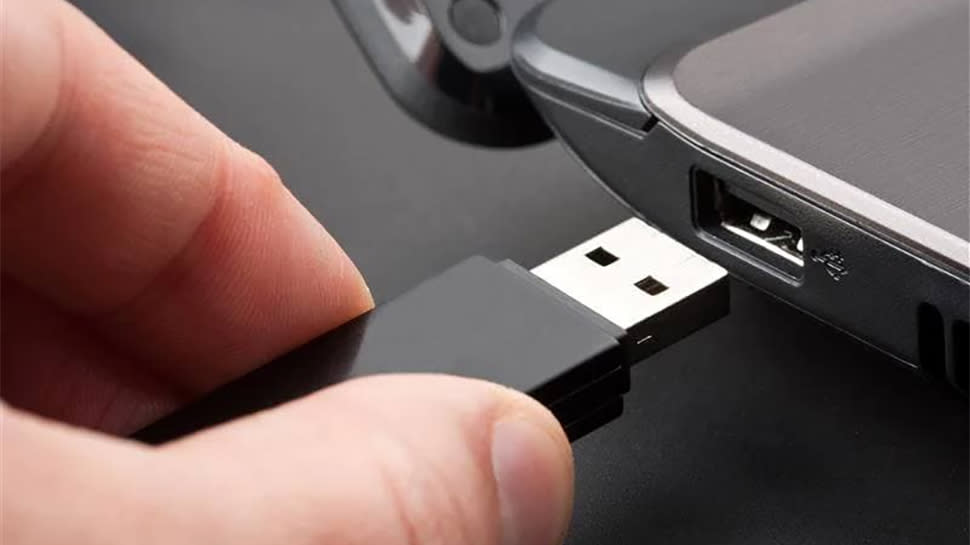This USB flash drive can only store 8KB of data, but will last you 200 years

When you buy a flash drive, you certainly want capacity, performance, and resiliency in that order. However, there is a flash drive that offers exactly opposite features: an 8KB (yes, eight kilobytes, 8192 symbols) capacity, but that capacity can last for 200 years—just in case one needs to preserve it this way. It is priced at €29.95 with taxes and has a blue LED, which is essential, so I tell you.
The Blaustahl USB storage device by Machdyne features 8KB of FRAM and is designed for long-term text storage, potentially lasting over 200 years. It incorporates a Raspberry Pi RP2040 microcontroller, making it suitable for various secure storage applications in case it can fit into a tiny amount of storage space.
The device uses FRAM (Ferroelectric RAM), known for its ultra-low power consumption, rapid write speeds (like if you do care at 8KB), and extremely high write endurance, capable of one million billion read/write cycles. It makes it superior to EEPROM and NOR flash in terms of performance, though it comes at an unbelievably high cost. The Blaustahl includes 4MB of NOR flash for firmware and a USB Type-A male port that requires no additional drivers on most operating systems.
What can you store in an 8KB device? Well, a few pages of text, depending on the formatting. Speaking of text, in a bid not to embarrass yourself among your ancestors, the Blaustahl features a built-in text editor accessible through serial communication programs like PuTTY and Tera Term. On second thought, this makes it ideal for secure storage of passwords, cryptocurrency keys, notes, and geocaching data—if you are brave enough.
But then again, it is FRAM. FRAM stands out for its longevity and endurance compared to other storage solutions. It can retain data for over 200 years at 35°C, outperforming NOR flash, which lasts up to 200 years, according to the manufacturer, and NAND flash, which lasts between 16 to 20 years under similar conditions. EEPROM also offers good data retention but with longer write times and fewer write cycles compared to FRAM, yet at 8KB you do not care anyway.
There is good news, too: future firmware updates are expected to include encryption features, further enhancing the device's security. The firmware, schematics, and enclosure design files are all accessible on GitHub, allowing users to explore and modify the device to suit their needs.

